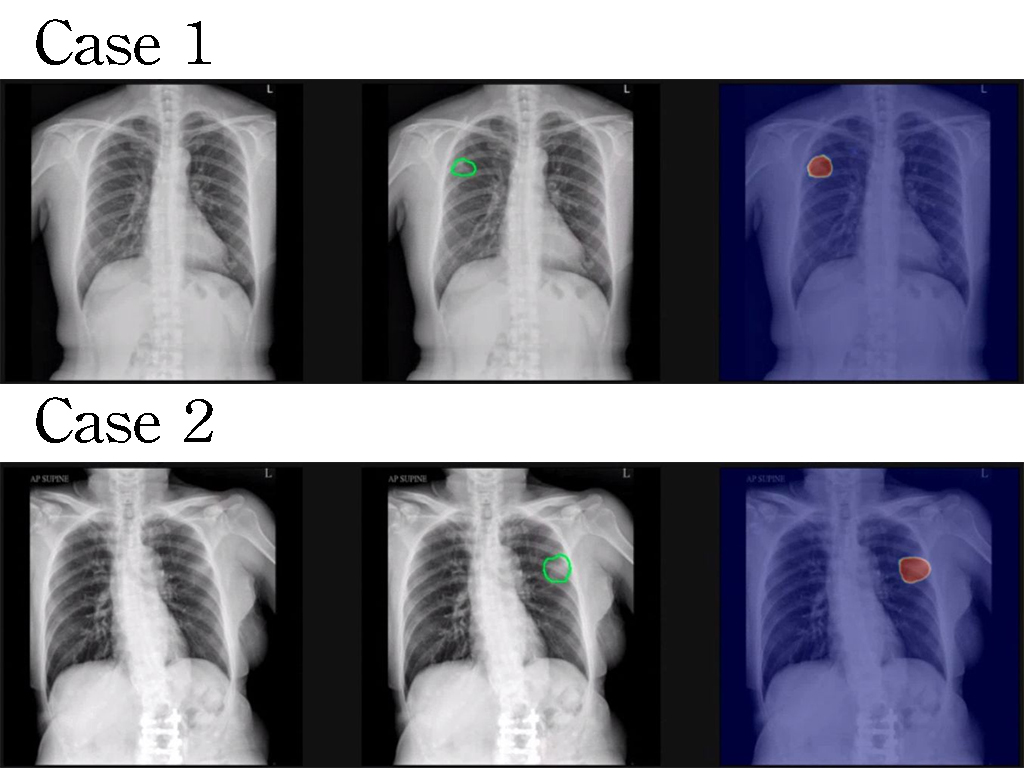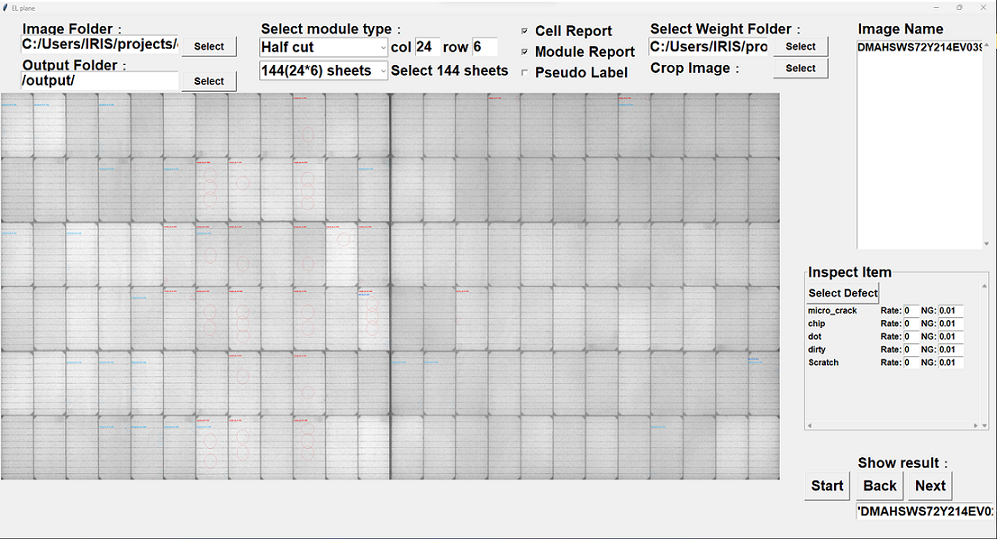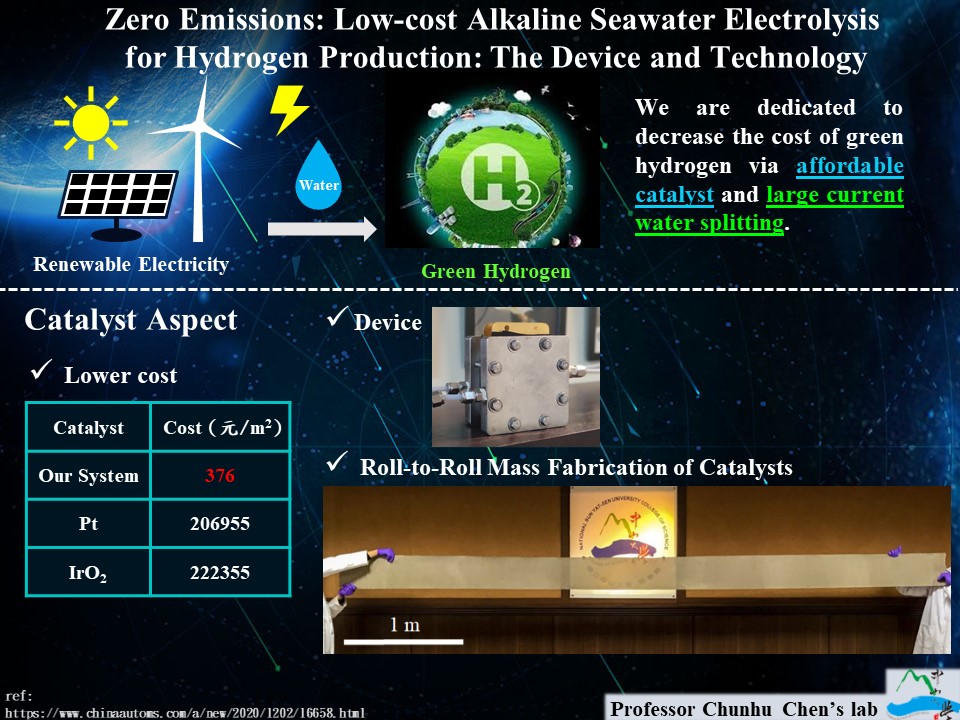| Technical Name | Ultrafast responsive non-volatile flash photomemory and its application on artificial neural network | ||
|---|---|---|---|
| Project Operator | National Cheng Kung University | ||
| Project Host | 陳蓉瑶 | ||
| Summary | Photodetectors are crucial for IoT, but most only offer transient photocurrent, needing extra processors for storage. Professor Jung-Yao Chen’s team innovated non-volatile flash photomemory, achieving a 0.7 ms programming time and photoresponsivity of 1.91×10^4 mA W-1. Integrating hydrogen-sensitive gasochromic film with photomemory empowers the photomemory with hydrogen leakage detection. |
||
| Scientific Breakthrough | Professor Chen’s team pioneered the use of organic-inorganic room-temperature phosphorescent 2D perovskite in photomemory to realizing a 0.7 ms writing time, a high photoresponsivity of 1.91×10^4 mA W-1, and 128 levels of memory behavior. It demonstrates that long-lived excitons in organic-inorganic room-temperature phosphorescent 2D perovskites facilitate exciton diffusion and thus benefiting charge separation. |
||
| Industrial Applicability | "(1) Photonic Integrated Circuits Non-volatile flash photomemory is essential for big data storage and optical wireless communication, enabling data retention without power and serving as a core component in modern storage devices. (2) Applications of Photomemory in IoT In the IoT industry, the multi-level memory effect of photomemory finds significant application potential, particularly in artificial neural networks for complex image analysis and prediction." |
||
| Keyword | Non-volatile flash photomemory Artificial neural network Hydrogen sensor Soft optoelectronic Internet of things | ||
- Contact
- Jung-Yao Chen
- jyc@gs.ncku.edu.tw
other people also saw















